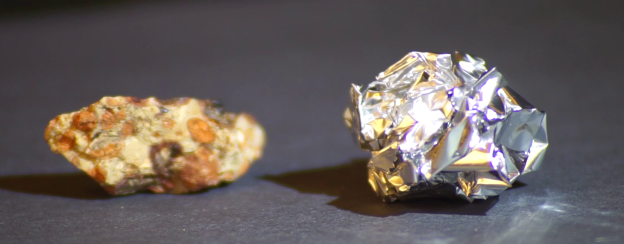A few weeks ago, I made a video about hydra, the little freshwater creatures, not the mythical beast or the Marvel villains. I got people up in my comments talking about a conspiracy theory I’d never heard of. According to this theory, “THEY” are adding HYDRA to the vaccines (along with NANOCHIPS with NANO-ONIONS)! My cat is more wise than i am with regard to YouTube comments (in that he has no idea they exist).
So, I started reading about what the best practices are for talking with conspiracy theory believers and science deniers. And that led to the video I uploaded last weekend.
I was inspired by this talk by Naomi Oreskes called “Why Trust Science?” Dr. Oreskes wrote a book about that topic that was published before COVID-19. It is especially relevant now, thanks to all of the anti-science talk on social media. She asks a simple but important question: why should we trust science, and more practically, why should people trust scientists?
Ultimately, scientists are people. Science is a human endeavor. There will be problems. But scientists are accountable to reality. Scientists are accountable to experiment. Scientists are accountable to observation and data. That’s the final, highest authority.
On a mostly unrelated note, here are two terrible aquatic creature jokes I made up:
- What do you call a baby frog caught in a storm? A SQUALL-iwog.
- What’s a jellyfish’s favorite exercise? Pull Ups (polyps).
Continue reading →






You must be logged in to post a comment.